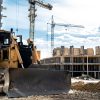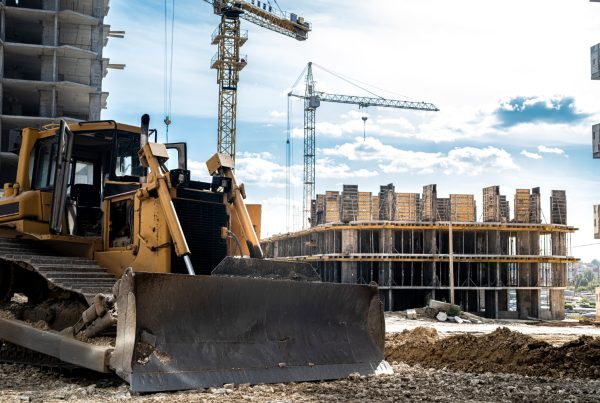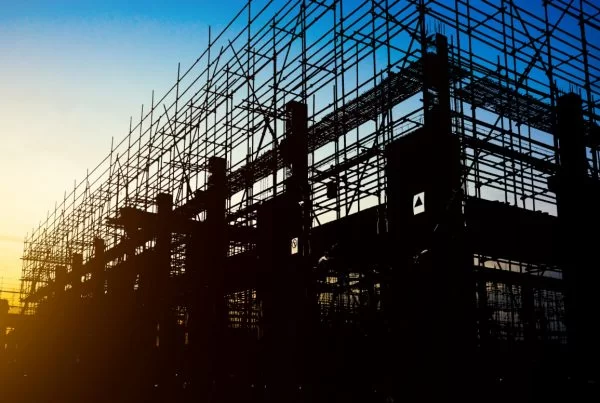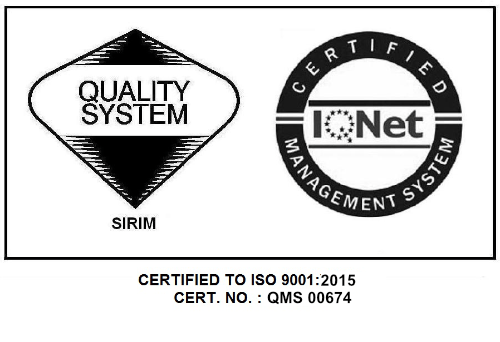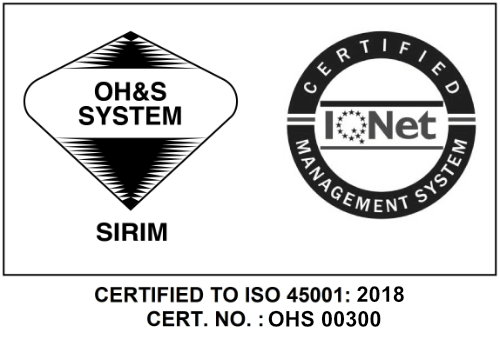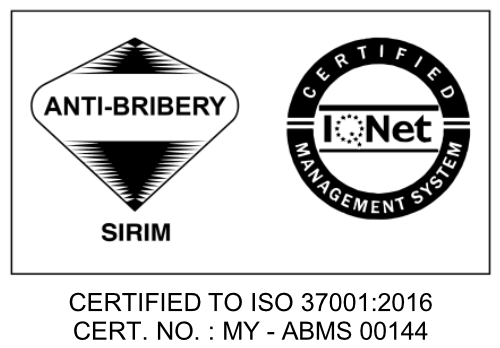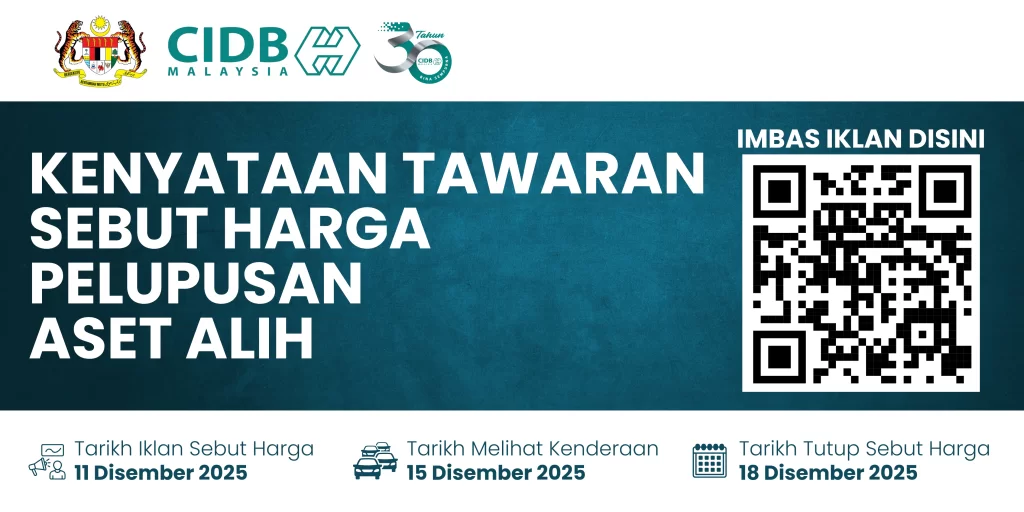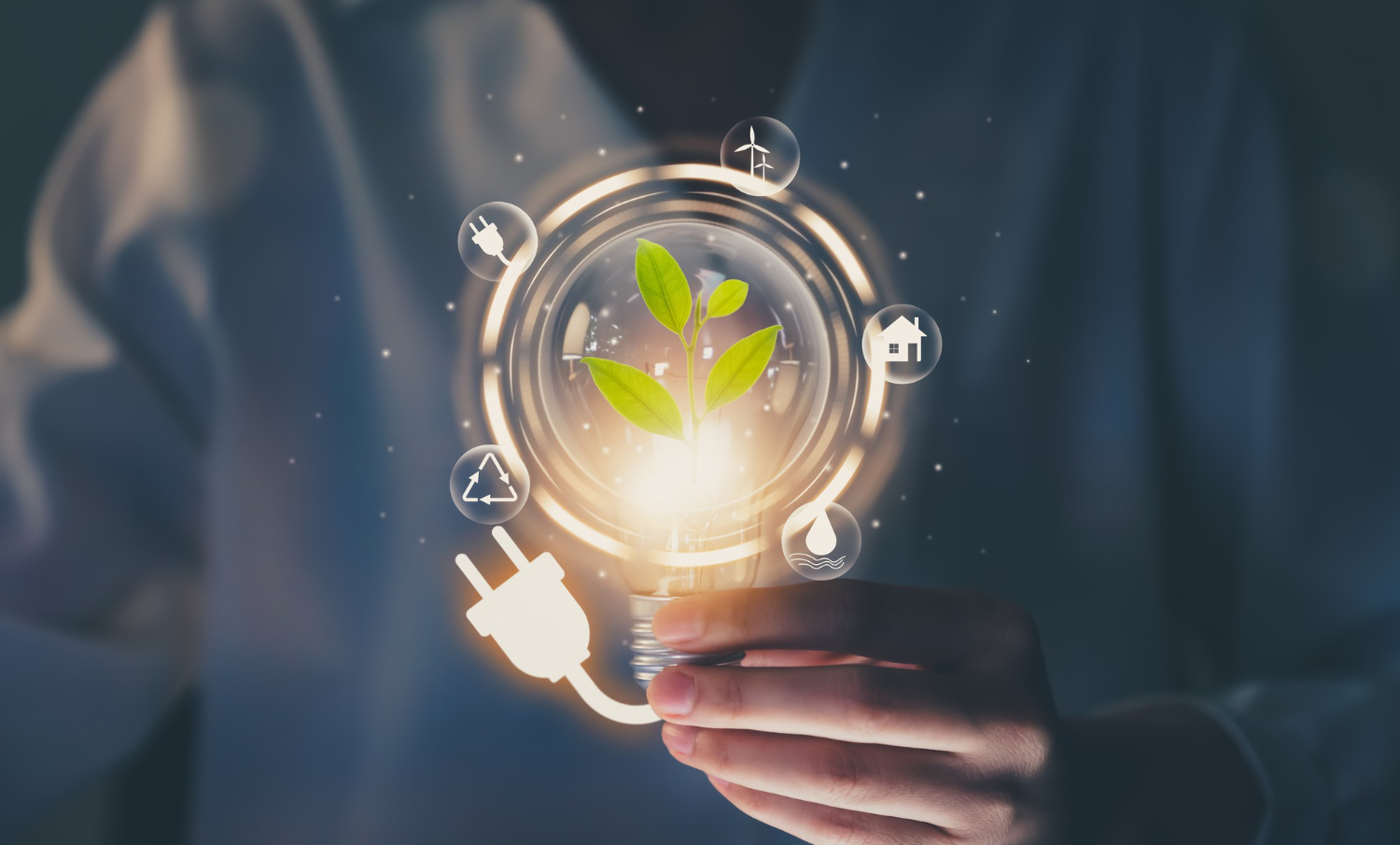
Gamuda Engineering’s commitment to resilience extends beyond roads and bridges, encompassing renewable energy. The Upper Padas Hydroelectric Project (UPHEP) in Sabah is a flagship initiative that combines clean energy generation with ecological mindfulness.
With a capacity of 187.5 MW and an annual output of 1,052 GWh, UPHEP is set to increase Sabah’s dependable power capacity by 15%. What sets it apart is its environmental sensitivity. Gamuda has introduced a vehicular tunnel to preserve the forest, resulting in a 0.3 million cubic metre reduction in earthwork. This protects biodiversity while reducing construction emissions.
The project also boasts an efficient power density of 28.4 W/m², ensuring high energy yield from a relatively compact reservoir area. The integration of floating solar panels atop the reservoir maximises land use, transforming the water surface into a dual-function renewable platform.
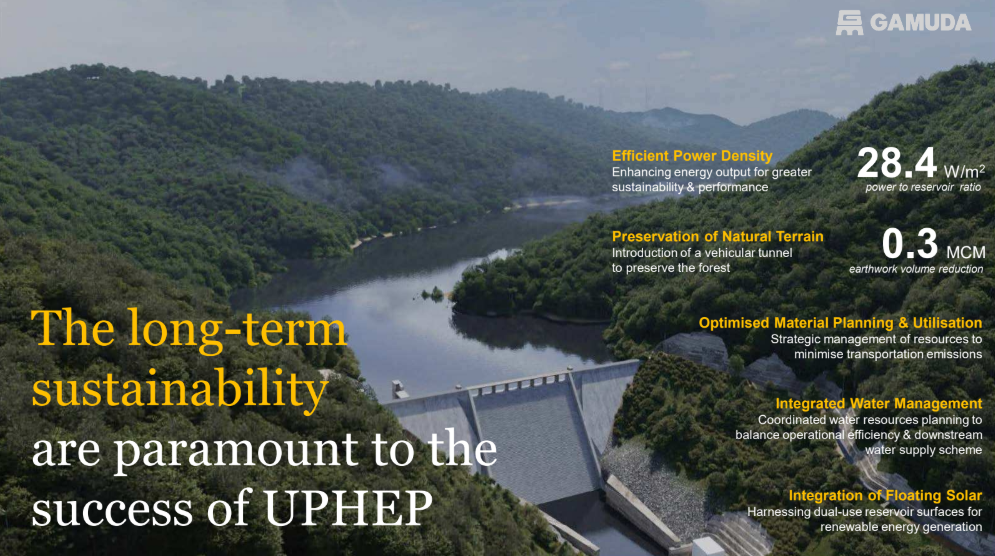
Behind the scenes, digital project delivery ensures efficiency across the entire lifecycle, from planning to operations. Tools like Building Information Modelling (BIM), Geographic Information Systems (GIS), and digital dashboards streamline coordination and decision-making.
Sustainability is further enhanced by integrated water resource management, which balances power generation with downstream water needs and requirements. Such a holistic approach underlines Gamuda’s belief that infrastructure should coexist with, rather than compromise, the natural environment.
Through UPHEP, Gamuda Engineering is demonstrating that hydropower, when paired with digital innovation and eco-centric planning, can serve as a model of modern energy infrastructure that benefits both people and the planet.
The next part will focus on Gamuda’s sustainability efforts through innovation and futuristic technology, as well as how to smoothly integrate these changes alongside the community and society as a whole.
Related articles
Part 1: Resilient Infrastructure as a Catalyst for Sustainable Growth
Part 3: Greener Infrastructure Through Innovation and Inclusivity


